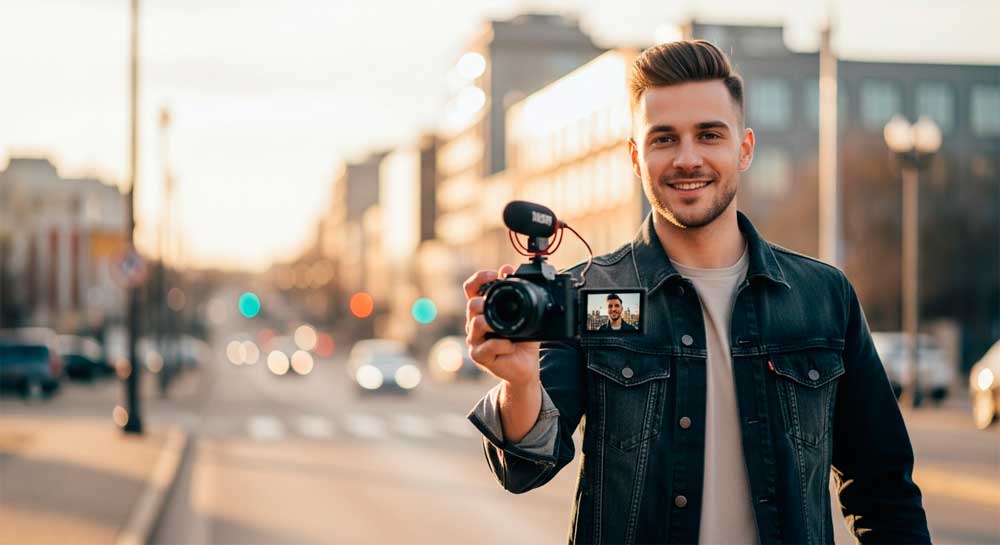If you’re serious about YouTube, your camera choice will make or break that first impression. Shaky footage, soft focus, blown-out skies, or muddy audio will eject viewers in seconds—even if your idea rocks. The right camera for YouTube vlogging solves creator-specific problems: sticky eye-AF that tracks you as you move, a vlogging camera with flip screen so you can frame yourself, clean 4K with decent dynamic range, reliable stabilization for walk-and-talks, strong low-light for cramped rooms, and a vlogging camera with external mic input (or genuinely good built-in mics). When your setup removes friction, you hit record more often, look pro straight out of the box, and keep people watching (and subscribing).
Why Your First Impression Matters on YouTube
Viewers don’t owe us patience. In the first 5–10 seconds, your footage silently answers: “Is this worth my time?” I’ve lost count of how many promising channels stall because clips look shaky, skin tones flicker under kitchen LEDs, or the mic picks up more traffic than voice. Daily handheld vlogs around town, quick travel reels in savage sunlight, a car-seat monologue between errands, or a talking-head update from a tiny room all stress a camera differently. A best vlogging camera 2025 short-list should cover these realities, not just spec sheets.
Camera for YouTube Vlogging: Buying Checklist (What Actually Matters)
- Autofocus (Face/Eye): “Sticky” AF that tracks eyes while you move or gesture.
- Flip/Vari-angle screen: Frame yourself, especially for compact vlogging camera bodies.
- Stabilization: IBIS or great electronic/gimbal stabilization for walk-and-talks.
- 4K quality & crop: Clean 4K30 (ideally 4K60) with manageable rolling shutter.
- Dynamic range & color: Handles bright windows/skies; skin tones without fuss.
- Audio: 3.5mm mic input (or hot-shoe/digital audio) + decent preamps.
- Low-light: Looks clean in kitchens/bedrooms without blowing ISO.
- Power/heat: Won’t overheat on 20–60-min recordings; USB-C PD helps.
- Ease: Buttons you’ll actually use; simple Log/HLG or easy profiles.
- Ecosystem: Lenses, cages, ND filters, small shotgun/mini-shotgun mics, and UHS-II cards.
Real-world note: in my own kitchen how-tos, a face-detect AF that doesn’t pulse with steam or changing lights is the difference between “upload now” and “do a re-shoot”.
Best Vlogging Camera Under $500 (Starter Wins for Beginners)
Compact options with flip screen
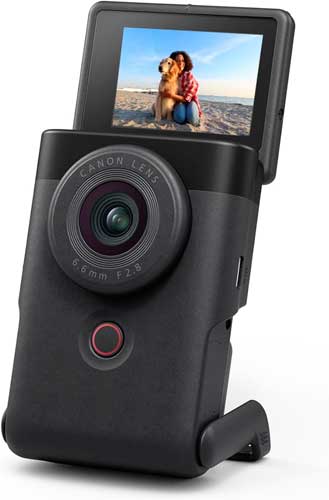
- Canon PowerShot V10 – A purpose-built pocket vlogger that’s truly point-and-shoot, with a front-facing screen and built-in stand; excellent if you want the simplest path to upload.
- Sony ZV-1 (used or on sale) – Famous for reliable eye-AF, punchy 1-inch sensor, hot shoe, and mic port in a tiny body; still a staple camera for beginner vloggers.
Interchangeable-lens options for growth
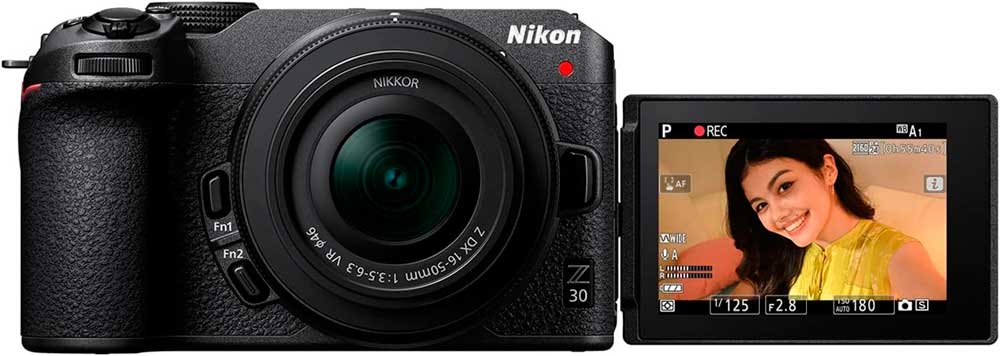
- Nikon Z30 or Canon R50 (deal-dependent) – Entry mirrorless bodies with flip screens and mic input; pair with a small wide-angle for arm’s-length vlogging.
- Tip: if your budget is hard-capped, prioritize AF + mic input over extras. You can add a cheap on-camera light and mini-shotgun later.
Field tip: for “car-seat monologues,” set face/eye AF, enable zebra at ~95% to avoid blown foreheads, and park in open shade. It saves takes.
Mid-Range Winners (Creator Workhorses)
Walk-and-talk specialists (AF + stabilization)
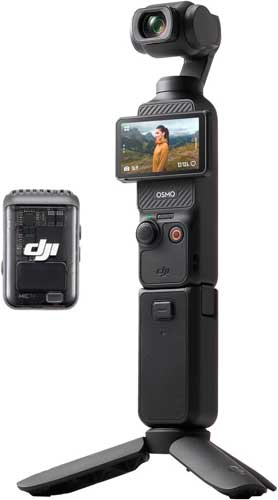
- DJI Osmo Pocket 3 – A unicorn: tiny body with a 3-axis gimbal, big 1-inch sensor, and creator kit mics. It’s absurdly stable for solo run-and-gun and a terrific compact vlogging camera.
- Fujifilm X-S20 – Creator-friendly vlogging mode, strong battery life, and excellent color; great hybrid if you also care about photos.
Hybrid photo + video bodies
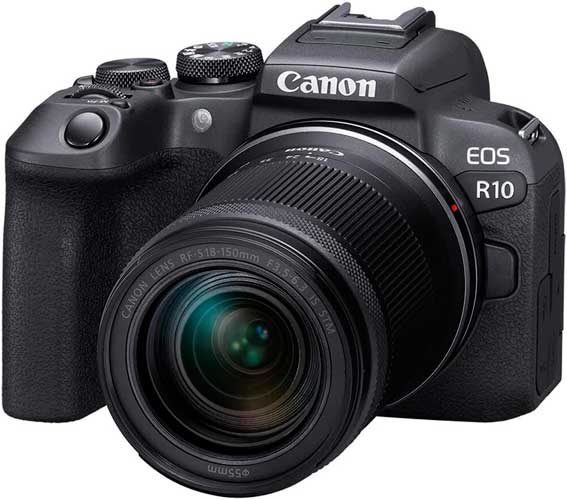
- Canon R10 / R50 – Fast AF, flip screens, and approachable color; nice for desk B-roll plus weekend photo shoots.
- Sony a6700 (if in budget) – Modern AF with strong subject tracking and good codecs; pair with a lightweight stabilized zoom.
Real-world note: for desk product B-roll, I map a custom button to 4K30 + eye-AF + a “product-priority” focus toggle so the camera snaps to objects the moment I bring them near lens.
Pro-Level Choices (When You Want Zero Compromises)
Long-form recording & livestream rigs
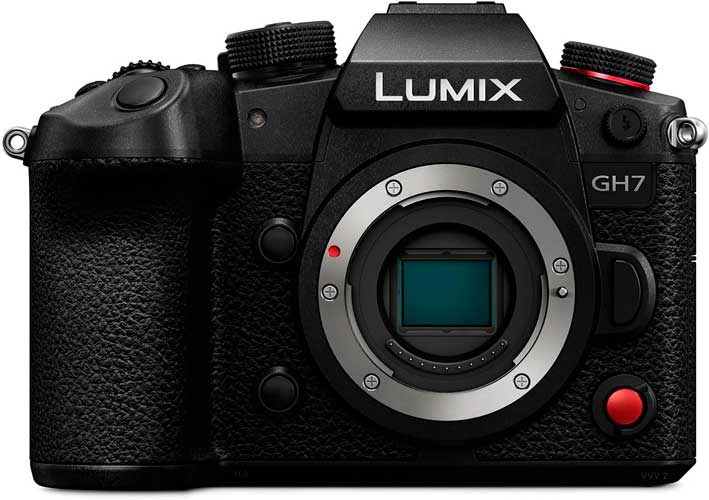
- Panasonic Lumix GH7 – Video-centric features galore, excellent stabilization, long-record reliability, and robust codec options that punch above its size; a favorite for talking heads and streaming.
- Sony ZV-E1 – Full-frame look in a creator body, great in low light, and super simple to drive; ideal when you want shallow depth and minimal noise at indoor ISOs.
Low-light and dynamic range champs
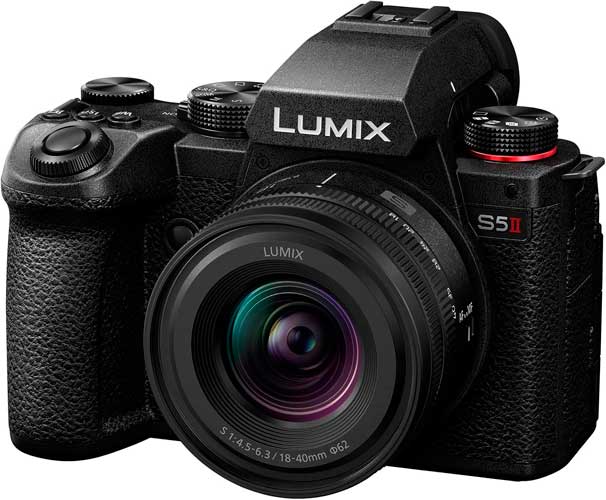
Panasonic S5 II/S5 IIX or Sony FX30/FX3 (budget-allowing) – If you shoot moody interiors or night street vlogs, these deliver cleaner shadows and better highlight roll-off, with pro I/O for audio.
Field tip: I keep a variable ND on my “walk” lens. In harsh sun, set shutter to 1/50 (for 24/25p), lock ISO low, and ride the ND—your skies stop nuking themselves.
Travel & Daily Carry (Compact Vlogging Camera Ideas)
Pocketable bodies with flip screens
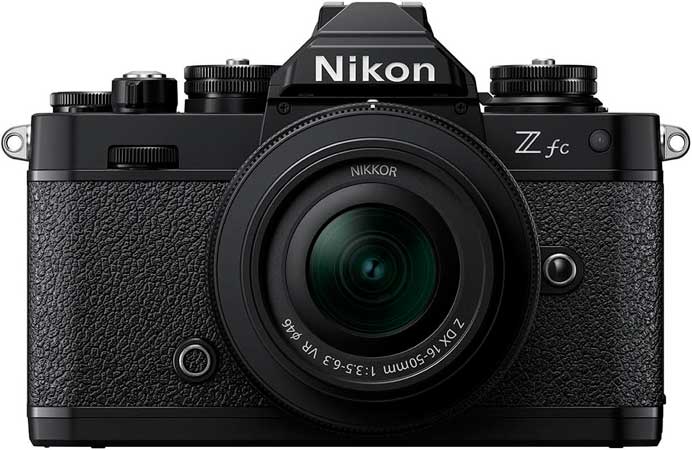
- Sony ZV-1 / ZV-1 II – Tiny, great AF, and a classic “grab-and-go” vlogging camera with flip screen that still looks pro enough for brand trips.
- Nikon Z fc – Style + substance; match with a light prime for stroll-vlogs and café B-roll.
Action/POV (GoPro/DJI/Insta360)
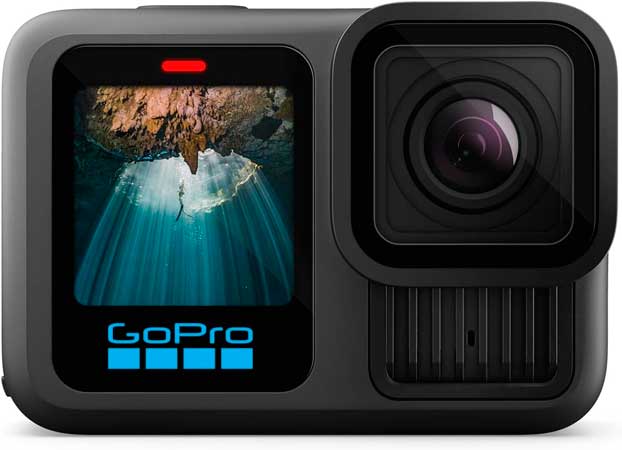
- GoPro Hero 13 Black – Battle-tested EIS, horizon lock, and endless mounts; perfect for bike/skate/surf POV to intercut with your A-cam.
- Insta360 Go 3S – Ultra-tiny 4K POV angles that are impossible with a normal camera; great for “hands-busy” cooking shots.
- Insta360 X-series (X5) – 360 capture gives you “shoot first, frame later” flexibility for travel hyperlapses and reframes.
Real-world note: pairing a Pocket-style cam on a magnetic lanyard with a tiny lav gets me butter-smooth walk-throughs without attracting attention.
Indoor Talking Heads & Desks
Best autofocus + face/eye tracking
Sticky AF is non-negotiable for solo creators. Canon’s face detect is friendly and forgiving; Sony’s eye-AF is still a tracking beast; Fuji’s latest bodies have improved noticeably. If your background has LEDs or fairy lights, keep AF speed moderate so it doesn’t “hunt” when you gesture.
Color profiles and skin tones
If you don’t want to grade, pick cameras with natural profiles (Canon Standard, Panasonic “Natural,” Fuji Provia/ETERNA). For quick edits, turn down contrast/sharpening a notch in-camera and use a soft key light at 45°. Your face will thank you.
Real-world note: in small rooms, I set white balance manually (no Auto), otherwise skin tones shift when I move closer to the monitor.
Audio Made Easy
Vlogging camera with external mic input vs good onboard mics
A vlogging camera with external mic input gives you options: mini-shotgun for walk-and-talk, lav for interviews, or a wireless kit for mobility. Some creator bundles (e.g., DJI Pocket 3 Creator Combo) include compact wireless mics that are shockingly usable out of the box.
Shotgun, lavs, and quick audio wins
- Keep a compact shotgun on the hot shoe for 80% of scenarios.
- For cars and kitchens, lav > shotgun (less echo, more voice).
- Use wind protection outdoors—even on built-ins—or you’ll hear rumble first, story second.
Setup Tips That Remove Friction (Record More, Stress Less)
- Save presets: Map one button to Outdoor Walk (4K30, AF-Face/Eye, E-Stab On), another to Desk (1/50, fixed WB, AF speed slow).
- Power plan: USB-C PD bank + dummy battery = no heat panic mid-stream.
- Lens sanity: Wider than you think (20–24mm FF-equiv for arm’s length).
- Card discipline: UHS-II for 4K/slow-mo; format in-camera per project.
- Lighting: One soft key light + ND filter handles 80% of exposure woes.
FAQ: Your Most-Asked Vlogging Camera Questions
Do I need IBIS or is lens OIS enough?
For handheld walk-and-talks, IBIS helps; for static talking heads, a tripod beats IBIS. Pocket gimbal cams are the smoothest if you walk a lot.
Is 4K60 necessary?
Nice for slow-mo B-roll and action; 4K30 is fine for most uploads if AF and exposure are solid.
Mic input vs onboard mics?
If you film outside or in echoey rooms, use a mic input + mini-shotgun or lav. Onboard mics are fine for quiet rooms at arm’s length—until wind shows up.
Best vlogging camera under $500?
Look for compact models with flip screens (e.g., Canon V10) or entry mirrorless on sale/used (Z30/R50) with a cheap prime.
Compact vs interchangeable lens?
Compacts win for simplicity and pocketability; ILCs scale better (lenses, low-light, bokeh) as your channel grows.
Conclusion
Picking the best cameras for vlogging isn’t about chasing specs—it’s about removing friction so you publish more often and look consistently professional. Start with AF, stabilization, flip screen, and audio, then match the body to your actual scenarios: a pocket gimbal if you walk, an ILC if you want growth, or a simple compact if you just need to hit record. With the right tool, your ideas take the front seat—and viewers stick around.

